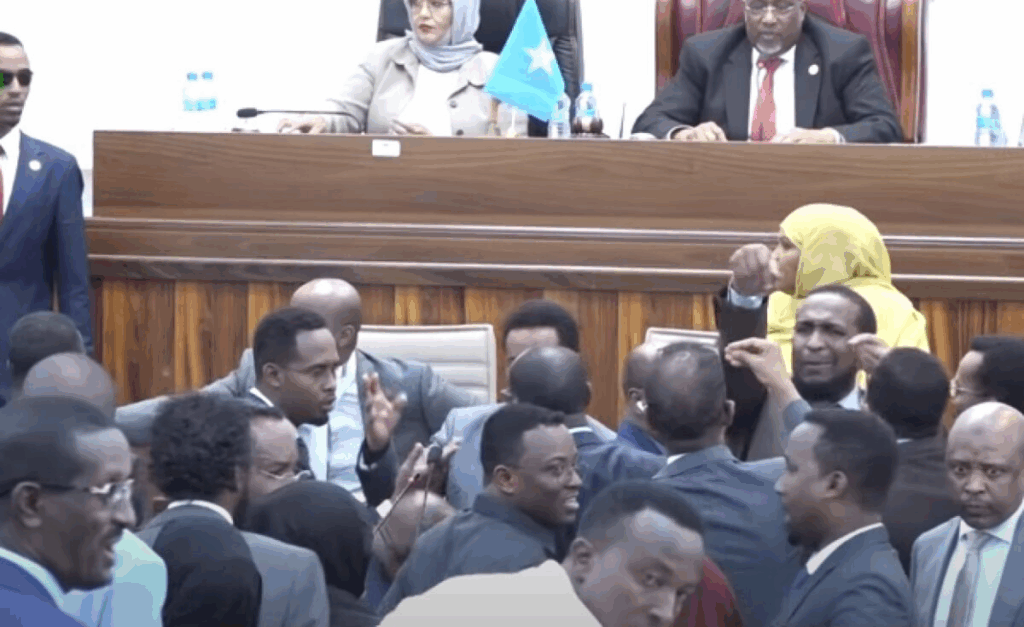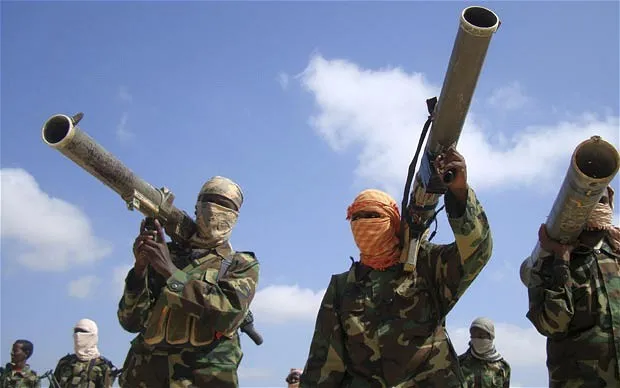Al-Qaeda-affiliated militant group, Al-Shabaab, has launched its most significant offensive in years, reclaiming territories in central and southern Somalia.
Al-Shabaab’s resurgence in Somalia underscores the Somali government’s ongoing struggles with political instability and limited control over rural areas.
Al-Shabaab’s Resurgence in Somalia A Strategic Push
In late February 2025, Al-Shabaab initiated coordinated attacks across multiple districts, including Jowhar, Adan Yabal, Adale, and Afgooye.
These assaults overwhelmed Somali forces and allied clan militias, leading to the recapture of areas the group hadn’t controlled since 2019.
The offensive marks a shift in Al-Shabaab’s tactics, moving from calculated restraint to aggressive territorial expansion.

Government Response and Challenges
Despite previous successes in 2022, where government-backed clan militias pushed Al-Shabaab out of key regions, the Somali government failed to maintain control.
Promises of improved security and services in liberated areas went unfulfilled, leading to disillusionment among local populations.
This discontent has facilitated Al-Shabaab’s return, as the group capitalizes on the government’s shortcomings.

Implications for Regional Stability
Al-Shabaab’s resurgence in Somalia poses significant threats to stability and the broader Horn of Africa region.
The group’s ability to exploit political and institutional weaknesses highlights the need for a reevaluation of international strategies in Somalia.
A shift from a military-first approach to one that includes political reconciliation and engagement with local communities may be necessary to counter the group’s influence effectively.
Note: This article is a summary based on the original piece titled “Flailing State: The Resurgence of al-Shabaab in Somalia” published on War on the Rocks.


